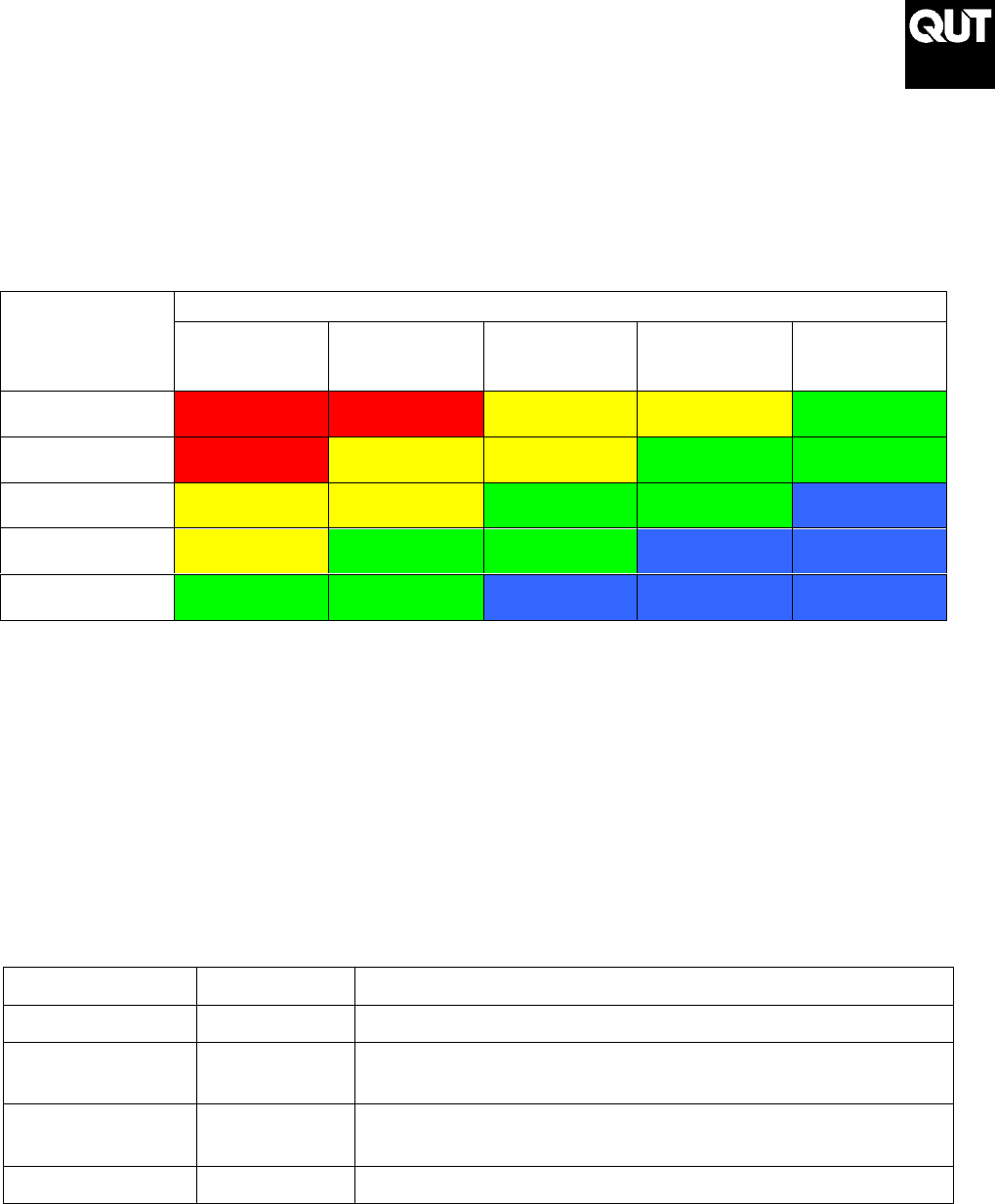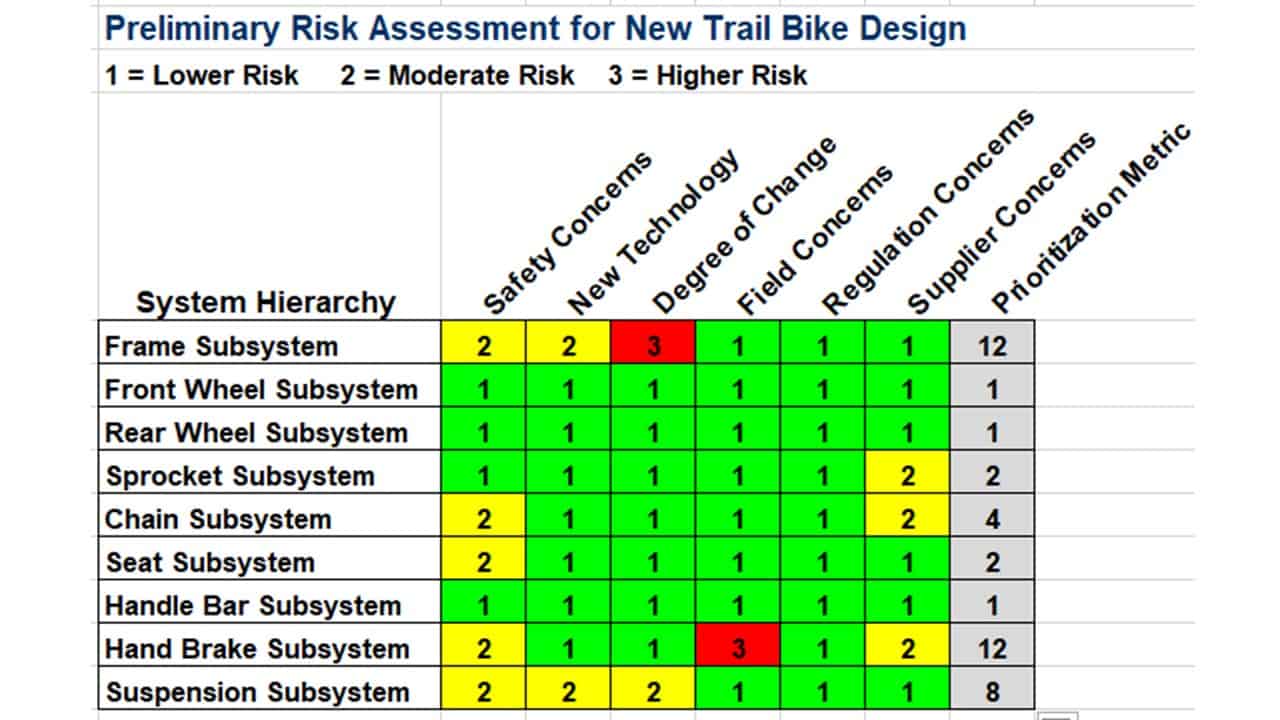


Strengthening resilience in the face of more complex shocks requires transitioning from measuring and treating hazards in isolation to recognizing the systemic nature of risk, where shocks often cascade and compound in complex ways with broad social, fiscal, economic and environmental implications.

The COVID-19 pandemic, coupled with the ongoing climate and ecological crises, and the impacts of inequality, present an unprecedented test of governments’ ability to manage inter-connected and systemic risks.Ī better understanding of the shifting nature of risk driven by the interdependencies of our societies and the global economy is essential for accelerating risk-informed action by governments, communities, and business.


 0 kommentar(er)
0 kommentar(er)
